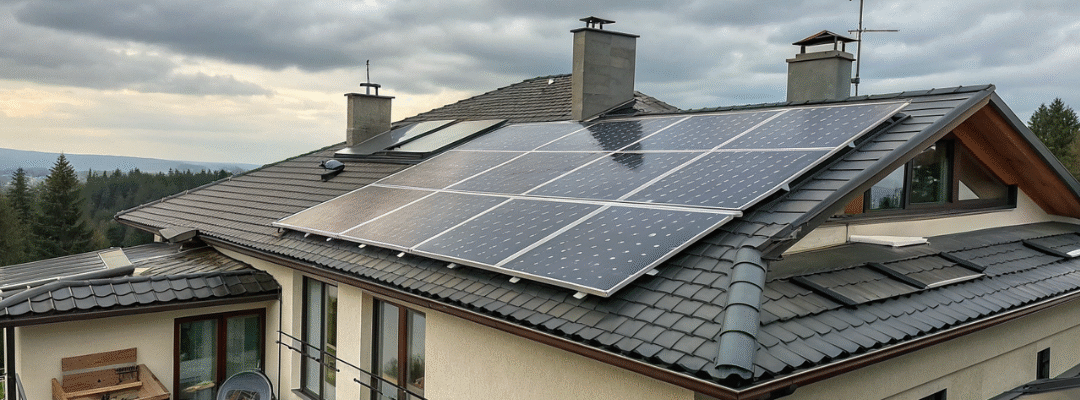Introduction: Investing Smartly in Solar
Rooftop solar is one of the smartest investments Indian homeowners and housing societies can make. It can slash electricity bills, provide energy independence, and increase property value.
But to get the best performance and safest return, you need to evaluate a few critical factors before installation. This simple guide explains what you should check before going solar.
1. Assess Your Energy Needs
- Review your last 12 months’ electricity bills.
- Average monthly consumption helps size your system (3 kW, 5 kW, etc.).
- Consider peak load appliances like ACs, geysers, and washing machines.
Sizing correctly ensures you don’t under- or over-invest.
2. Roof Space and Strength
- Space needed: ~100 sq. ft. per 1 kW of solar panels.
- Roof structure: Must support panel weight and mounting frames.
- Orientation: South-facing with the right tilt (equal to your latitude) gives maximum output.
- Avoid shadows from nearby trees/buildings.
3. Local Rules & Net Metering Policies
- Check DISCOM policies in your state — rules differ for system size and approvals.
- Ensure your installer helps with subsidy applications and net-metering paperwork.
- Under the Pradhan Mantri Surya Ghar Yojana, homeowners can get up to 40% subsidy on rooftop systems.
4. Choose Quality Components
- Panels: Go for Tier-1, MNRE-approved monocrystalline or bifacial panels with a 25-year performance warranty.
- Inverters: Pick a trusted brand. String inverters are common; microinverters are better for partially shaded rooftops.
- Balance of System: High-quality cables, mounting structures, surge protection, and proper earthing ensure safety.
5. Select a Certified, Experienced Installer
- Always hire an MNRE-approved EPC contractor.
- Ask for references or visit past installations.
- Ensure they cover design, installation, subsidy, net-metering, and maintenance.
- Check if they offer an Annual Maintenance Contract (AMC) for long-term support.
6. Estimate Cost, Savings & Payback
- Get multiple quotes with a clear breakdown of panels, inverter, wiring, labor, and approvals.
- Typical ROI is 3–5 years after subsidy.
- Ask for a generation estimate report (units per year + projected savings).
Example: A 5 kW system costing ₹2.4 lakh (₹1.6 lakh after subsidy) can save ₹70,000–₹80,000 per year, paying for itself in ~3 years.
7. Know the Maintenance Needs
Solar is low-maintenance but not zero-maintenance:
- Clean panels every 2–4 weeks to remove dust.
- Monitor output using the inverter app.
- Get annual inspections to check wiring, earthing, and panel health.
8. Safety & Warranty Coverage
- Ensure your installer follows safety standards: earthing, surge protection, lightning arrestors.
- Warranties to check:
- Panels → 10–12 years product + 25 years performance
- Inverters → 5–10 years (depending on brand)
- Confirm after-sales support response time before signing.

